We had a chance to speak with Andy Coyle, the director of the popular Daytime Emmy, Children’s BAFTA and Annie Award-winning animated series Hilda, which is currently in production on its third (and final) season. Here is what the talented artist told us:
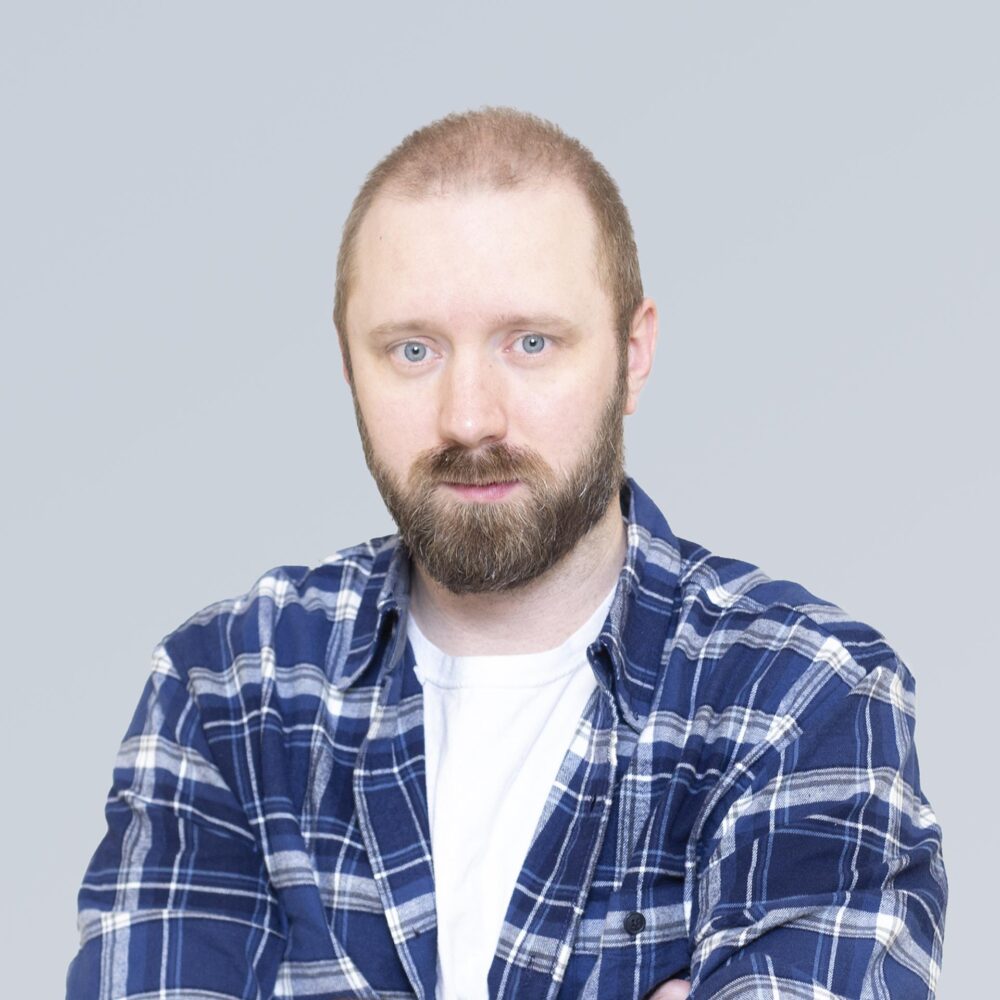
Animation Magazine: Can you tell us a little bit about how you got involved with Mercury Filmworks?
Andy Coyle: I was working on the East Coast in Canada around 2008 and had seen a couple of the shows that Mercury Filmworks had been working on. It was clear that they really cared about the quality of the content they were making so I reached out to some friends, made a connection, and joined the company! At the time, many animation studios were working to tight budgets and schedules on smaller scale shows — not many places were pushing the envelope as Mercury Filmworks was doing — so it felt like a place I really wanted to be a part of, even back then.
How did you approach your role as director on Hilda?
The acclaimed comic books by Luke Pearson had been optioned by Silvergate Media. and they approached Mercury Filmworks to partner with them and figure out how to adapt the material for TV. So, we started developing the series way back in 2014. Around that time, a lot of the animation on television being produced was slapstick comedy for boys 8-11 and I wanted to use the medium differently. I set out to make something that was not a comedy. It had some comedic elements, of course, but that’s not the main appeal. I was sure that kids had more diverse tastes and there was room for a different kind of story.
As we started the process, we figured out very early on that Hilda was more akin to something like The NeverEnding Story or a Steven Spielberg movie — an adventure story for kids that felt distinct in terms of tone and complexity, using the medium of animation in a thoughtful, genuine and emotional way to create an appealing, fantastical world. We couldn’t be afraid to wear our hearts on our sleeves. We tried really hard to create a show that is truly atmospheric and cinematic. Through those explorations we found the tone. I knew that kids would dig that, because when I was a kid that’s what I was drawn towards.
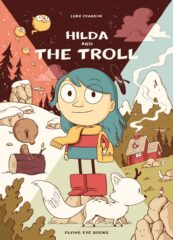
You mentioned Spielberg… What are some of your other influences?
I learned how to tell stories through watching movies growing up, and that informs my work. I think of film as a language, a way to communicate ideas, and obviously I speak with a distinctly Spielberg-ian accent, but there are so many other influences that formed my storytelling. Michael Piller’s work on Star Trek, John Hughes’ films, John Carpenter, Stephen King’s books — they’re all in the stuff that I make.
When did Netflix get involved?
After developing the show, there was a couple of years of Silvergate pitching it around and Netflix ultimately picked up the series. We began working on the first season in 2016, and it finally released in 2018. Finally, our little adventure show for kids was out, and surprisingly it wasn’t only resonating with kids. People of all ages were loving it. It was a big deal with my children, who were five and 11 at the time, and all of their friends … but then their friends’ parents would come up to me and tell me how much they loved it! We could see from social media that young adults were connecting with it, too. I think it’s because the show is so genuine. We don’t talk down to our audience in any way, we respect them, and that sort of opens it up to feel like it’s more of an all-ages kind of thing. The way family-targeting animated films are.
What advice did you have for Megan Ferguson (one of Animation Magazine’s 2021 Rising Stars of Animation), who is an upcoming female director for the show?
Megan was the assistant director on Season 2 of Hilda and she did such a great job, I thought that it would be a great opportunity for her to direct some of the Season 3 episodes. After being involved in the nitty gritty of the day to day production, she was really interested in telling some of the stories. And I also thought that having Megan steer some of the episodes, it would be a great way to get some fresh new ideas into the show — we always want it to evolve, try new ideas and keep pushing the envelope.
Having Megan direct some of the series is also a great example of how Mercury Filmworks invests in their talent — creating opportunities for career growth and satisfaction. We were able to set this up so that Megan had some room to acclimatize to the scope of the responsibility of a director. I’m still the supervising producer on the show, and it is a really interesting experiment for me, too, as I haven’t seen an episode of Hilda that I didn’t laboriously work through, knowing every shot and every frame — so it’s really cool to watch it that way! I get to love the show the way other people do.
My advice to Megan was to wrap herself around the stories and really find a way to connect with her own point of view. Producing animation is such a collaborative medium, and it’s great to have all of these contributions, but then as director you have to grab a hold of that and care about it in a way that allows you to shepherd all the moving parts — all the while keeping motivated and energized so that we end up with a really solid piece of work. It’s not easy, but if you can meet the challenge head on you can end up making some wonderful stuff!
What were your biggest challenges on Hilda?
I’d say the biggest challenge was to go outside of the box compared to other shows I had done up to that point. Even in just a technical sense, we didn’t want to do something in a certain way just because that’s the way it was always done, we were looking for new ways to approach the material for a different result.
For example, with storyboarding, to block, cut and frame an 11-minute slapstick comedy is very different from how you cut, block and frame a cinematic piece, and the first episode of Hilda was made as a great big 44-minute fantasy adventure before we broke it into two halves. We really had to stretch in an industry that wasn’t used to this type of output. I always thought, ‘Oh it’s the big bad broadcasters keeping us from making all these different kinds of unique cartoons,’ and I quickly found out that’s not really the case. There’s really not that many people who actually know how to do it! At least in the numbers you need to make a whole series.
The approach in every respect was a little bit novel and it took some trial and error for this type of storytelling. I’m so proud of what my team was able to put together. We all feel like what we did with Hilda is really just the beginning, there’s so much more room for exploration in animation.
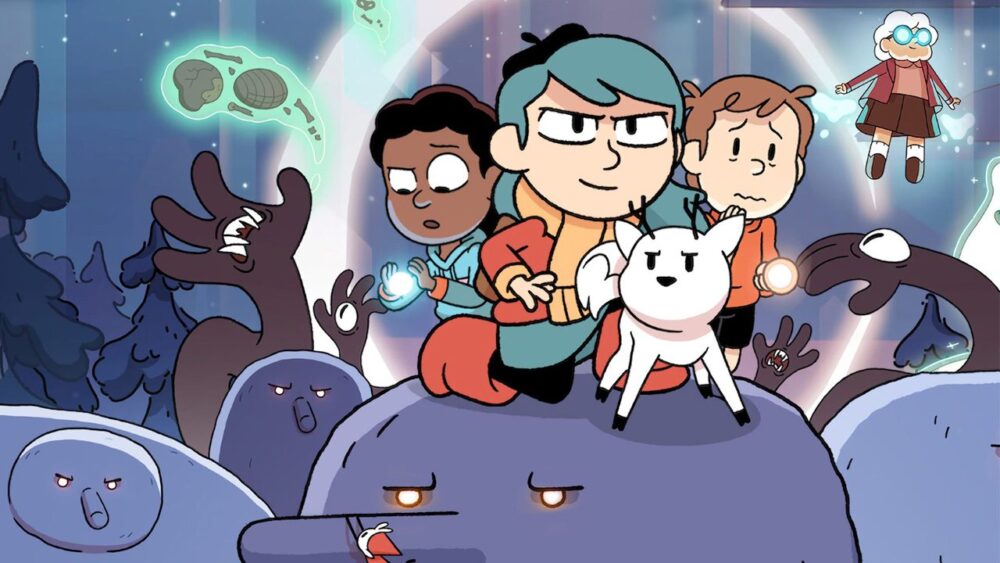
You just completed an 11-minute short. How did that idea originate?
I’m always having these ideas and I just wanted an outlet for this creative energy. Working in TV, everything takes so long to pitch and develop as the industry moves so slowly with endless layers of producers and executives. I wanted something that I could just do, and not worry about what anybody else thought or wanted.
I was on a plane trip to Los Angeles a couple years ago, which is a long journey from the snowy tundra of Ottawa, Canada, and needed something to read to pass the time. Before I left I grabbed this book off my shelf by Stephen King, Night Shift — a collection of short stories — and as I was on the plane reading it I thought how cool it would be to create a series of short, scary stories for kids, like the old Are You Afraid of the Dark? series, but animated. I couldn’t get that idea out of my head, so I pulled out my laptop and started writing. By the time the plane touched down, I had a good first draft of a short scary story together, and once I got home started blocking out and putting together this 11-minute animation. I needed to keep the scope down and manageable so it could be done by one person alone in their bedroom, so I wasn’t worried about being too fancy with it.
When I showed it to [Mercury Filmworks CCO] Heath Kenny, he was really interested in the concept of an anthology series of spooky campfire stories for kids, so we started strategizing how to get it finished up and out to the world. My buddy Shane Plante, an animator at Mercury, helped me out finishing off the animation in the last couple shots. This first prototype episode of Don’t Walk Home Alone After Dark called The Pine Creepers should be out this summer! I’m hoping to at least mess around with a couple more short stories like that, or who knows? Maybe it could turn into something bigger…
What was your first job in animation and how did you land it
I did a bunch of small jobs in the 2000s as a freelancer, but it took me a while to figure out what kind of animation I wanted to do. At that time, we were in the infancy of digital animation, and 3D CG animation like Pixar was just becoming a really big deal. So, in my head, I thought that was the future of animation and I wanted to get into that. Never once did I imagine that these 2D digital pipelines that were starting to pop up, like Flash, would take off. Most people really thought that 2D was dying, and it’s true that in its infancy, nobody had really pioneered how to create great digital animation in a 2D way — the quality was low, and it looked ugly and cheap. And then people started to find creative and innovative ways to use these new digital tools to create great results. Today, you can do incredible things in TV animation that you couldn’t even dream about 20 years ago.
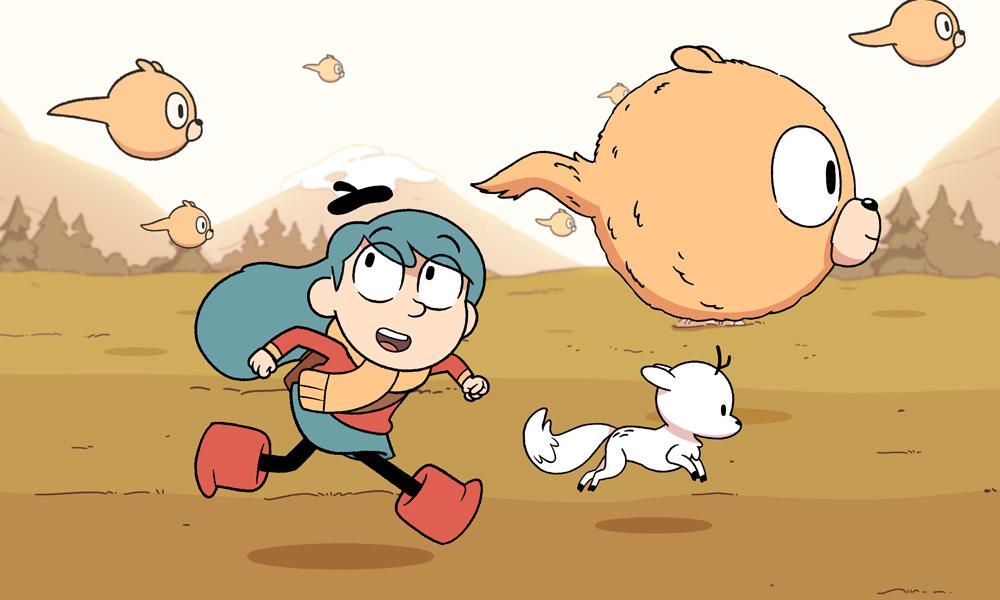
What attracted you to the world of animation? Which shows or movies did you love as a kid?
I have always loved animation and it holds a really special place in my heart. The first movie I saw in the theater was The Land Before Time with my Uncle Clarry, and seeing these dinosaurs on the screen felt like a real magical experience. And this was before Jurassic Park and CG — and I realized that you could create this whole world in animation that was consistent and believable, even though it was stylized and abstract.
With animation, everything is crafted — there are no found moments, only deliberate, intentional actions. Every moment you see on screen is engineered, controlled by an artist. I think animation is the purest form of cinema. And the medium of animation can be used to tell all different types of stories — from horror, to comedy, to drama. I would love to see more opportunities to expand who watches animation in North America. Things for adults that aren’t simply crude comedies. Things for teenagers. All audiences connect with animation if it’s done right.
What kind of advice do you give young people who want to have a solid career in animation?
There are so many opportunities in animation today that weren’t even a glimmer of hope when I started out. My best advice to young people would be to find people who share your creative goals and can mentor and help you to develop you as an artist. And there are a lot of great places to work, so look around and find that compatible match. Secondly, I would say just do things on your own. Don’t wait to get hired, just make stuff. There’s a real market for independents, so work at developing yourself as an artist and you’ll become more valuable as part of a larger operation. The best way to learn is to do — so push yourself outside of the box of the industry and the lessons you learn will be invaluable in any job you subsequently get.
The first two seasons of Hilda and the 2021 movie Hilda and the Mountain King are currently streaming on Netflix. A third, final season is in the works.
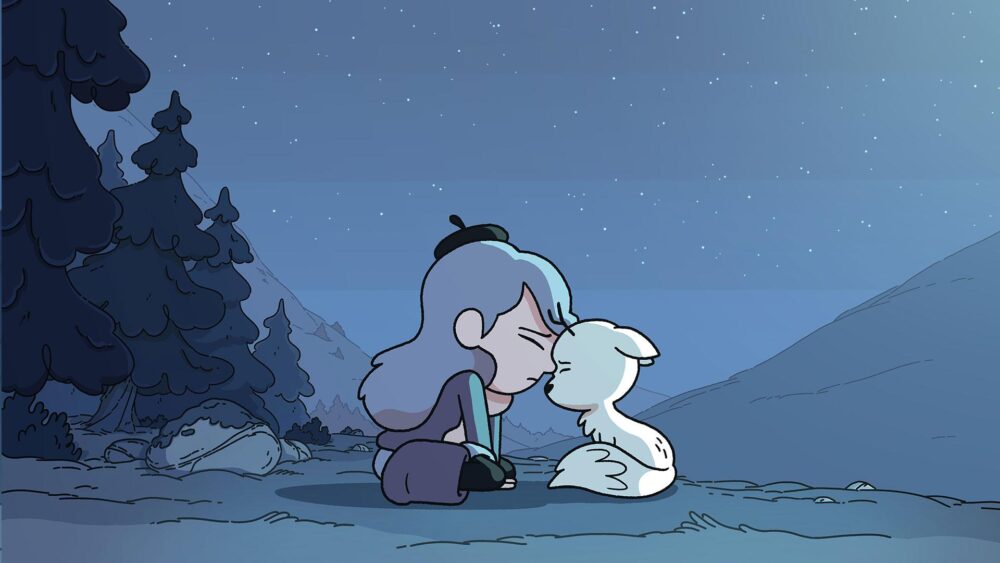


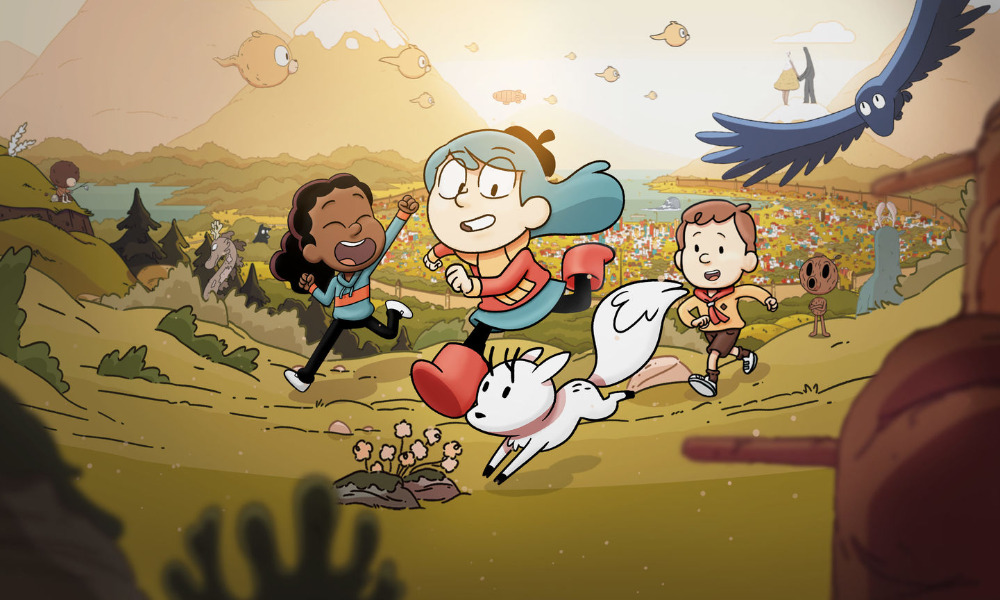

 Win a Funko X Lilo & Stitch Prize Pack!
Win a Funko X Lilo & Stitch Prize Pack! 
